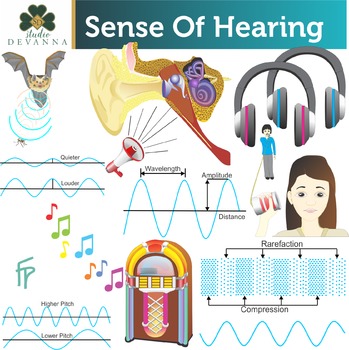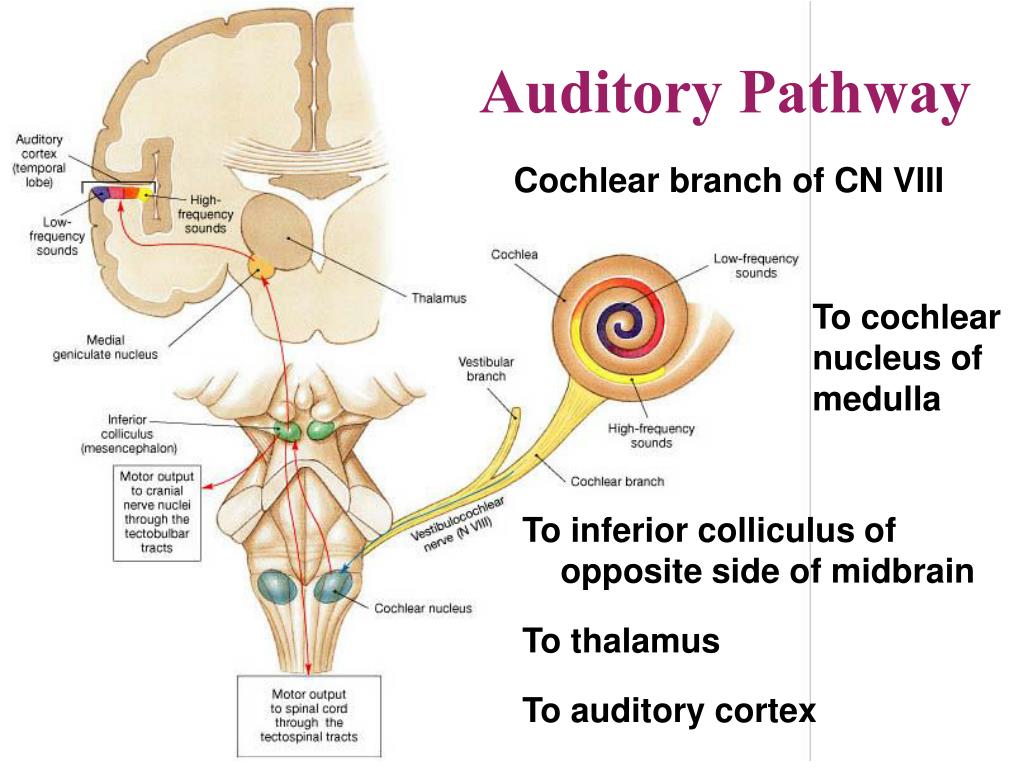

A recent psychophysical test of this concept by Belkin et al. In particular, Piesse postulated a strategy to catalog odors based on analogous auditory pitches. Piesse suggested that olfactory perception may be intimately linked with auditory processing ( Piesse, 1857). The present study stems from a serendipitous observation of tone-evoked single-unit responses in the olfactory tubercle.

Integration of olfactory information with other sensory channels could have significance for a variety of critical scenarios (e.g., food selection and threat aversion). Furthermore, it has been shown that visual cues may facilitate odor detection ( Gottfried and Dolan, 2003). For instance, the percept of “flavor” is a multimodal construct resultant from cellular interactions between olfactory and gustatory processing centers ( Verhagen and Engelen, 2006). Rather, multisensory integration involves convergence of sensory pathways, often with single neurons displaying stimulus-evoked activity to both, and/or modification of the response to one sensory input while in the context of another.Īlthough most information on the neural basis of multisensory integration stems from studies in somatosensation, audition, and vision, the olfactory system is known to interact with at least two sensory systems. This is distinct from modulatory interactions such as those occurring during dishabituation ( Rankin et al., 2009 Smith et al., 2009) or fear-potentiated responses ( Davis, 1989 Halene et al., 2009) in which an intense stimulus in one modality may enhance responsiveness to stimuli in another-as a result of systemwide changes in neural excitability. A basic tenet of multisensory integration is the ability of one sensory modality to enhance or to suppress information from another sensory modality ( Calvert et al., 2004). For instance, whereas the sound of a car horn while crossing a street may evoke arousal, the sound of the same horn matched with the sight of a rapidly approaching taxicab may result in your quickly getting out of the street. The integration of environmental information across multiple sensory channels is critical to guiding decisions and behaviors. Thus, the tubercle presents itself as a source for direct multimodal convergence within an early stage of odor processing and may serve as a seat for psychophysical interactions between smells and sounds. In contrast, olfactory bulb units did not show significant responses to tone presentation nor modulation of odor-evoked activity by tone-suggesting a lack of olfactory–auditory convergence upstream from the olfactory tubercle. Furthermore, 29% of single units tested displayed supraadditive or suppressive responses to the simultaneous presentation of odor and tone, suggesting cross-modal modulation. Remarkably, 19% of olfactory tubercle single units also showed robust responses to an auditory tone. In vivo extracellular recordings from the olfactory tubercle, a trilaminar structure within the basal forebrain, of anesthetized mice revealed that olfactory tubercle single units selectively respond to odors-with 65% of units showing significant odor-evoked activity.

#AUDITORY SENSES CODE#
Here, we report novel findings revealing that the early olfactory code is subjected to auditory cross-modal influences. Historical and psychophysical literature has demonstrated a perceptual interplay between olfactory and auditory stimuli-the neural mechanisms of which are not understood.


 0 kommentar(er)
0 kommentar(er)
